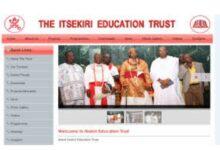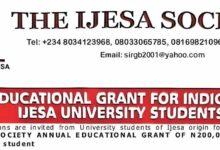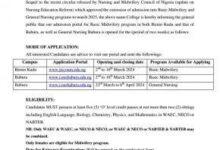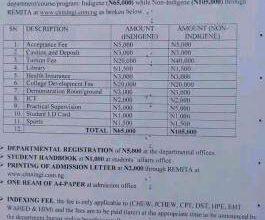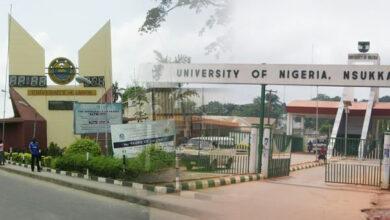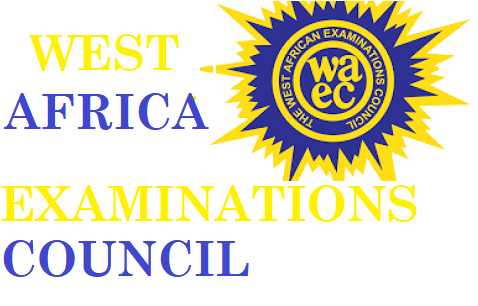
WAEC Syllabus for ICT (Elective)
WAEC Syllabus for ICT (Elective). WAEC Syllabus for Information And Communication Technology (Elective) is available for all candidates who want to participate in the examination. The West African examination council (WAEC) has officially introduced a syllabus that will guide all the WAEC candidates who wish to write the WAEC examination this year. For a very successful WAEC Information And Communication Technology (Elective) examination for this year, you need to check out the available areas of concentration. It has been divided into sections with chapters, followed by the topics to be covered in preparation for the exams. In the Information And Communication Technology (Elective), you will also see the format of how the WAEC Information And Communication Technology (Elective) questions will be presented. Jamb form
There are 3 sections to answer questions from. Paper 1 is Objective and paper 2 contains essay questions while paper 3is practicals. Where paper one (1) carries 1 hour for 25 marks; paper two (2) carries 1 hour for 30 marks and paper three (3) carries 2 hours, for 45 marks. Waec Result
👉 Relocate to Canada Today!
Live, Study and Work in Canada. No Payment is Required! Hurry Now click here to Apply >> Immigrate to Canada
This WAEC syllabus is for both the O’level WAEC and General Certificate Examination (GCE) candidates. Final year students in the senior secondary school level and external candidates are eligible to make use of this syllabus and prepare ahead of the examination. Information And Communication Technology (Elective)
See the full detailed information concerning the WAEC Information And Communication Technology (Elective) Syllabus below.
AIMS
The aims of the syllabus are to:
(1) test candidates’ appreciation of the concepts of Information and Communication Technology (ICT);
(2) test the capabilities of candidates in the application of ICT skills in education and business;
(3) verify candidates’ potential for higher studies in Information and Communication Technology and related areas. Waec Result
SCHEME OF EXAMINATION
There will be three papers, Papers 1, 2 and 3 all of which must be taken. Papers 1 and 2 will be composite paper to be taken at a sitting.
👉 Relocate to Canada Today!
Live, Study and Work in Canada. No Payment is Required! Hurry Now click here to Apply >> Immigrate to CanadaPAPER 1: Will consist of fifty multiple-choice objective questions all of which must be answered within 1 hour for 25 marks.
PAPER 2: Will consist of five essay-type questions. Candidates will be required to answer three questions within 1 hour for 30 marks.
PAPER 3: Will be a practical test consisting of three questions all of which must be answered within 2 hours, for 45 marks. Npower Recruitment
DETAILED SYLLABUS
| TOPIC NOTES |
| 1. DATA REPRESENTATION 1.1 Data types e.g integers, real numbers, strings etc 1.2 Number bases with special reference to binary, decimal and hexadecimal. 1.3 Units of data storage. 1.4 Knowledge of media types e.g digital videos and 1.5 digital sounds, voice over internet protocol (VOIP),voice recognition system, etc. 2. INTRODUCTION TO INFORMATION SYSTEMS 2.1 Meaning of information system 2.2 Knowledge of the different types of information systems. 2.3 Attributes of good information. 2.4 Internal and external information eg. intranet, extranet, memos, intercom, talking drum, mobile phone etc. 2.5 The role of information in society.
3. INTRODUCTION TO DIGITAL TECHNOLOGY CULTURE 3.1 The Internet
3.2 Computer crime
3.3 The role and impact of Information Technology on everyday life e.g e-business, e-health, e-mail, e-learning, Computer Based Training, Computer Assisted Manufacturing, Computer-Aided Design, etc. |
|
4. WORD PROCESSING 4.1 Creating, editing and formatting documents. 4.2 Business documents eg. memos, reports etc. 4.3 Mail merge. 4.4 Printing of documents. 5. DESKTOP PUBLISHING 5.1 Creating, editing and formatting documents. 5.2 Printing publications. 6. SPREADSHEET worksheets. 6.1 Creating, editing and formatting documents. Dollar to Naira Rate 6.2 Sorting and querying for information. 6.3 Creating graphs and charts to represent data in 6.4 Working with functions 6.5 Data security: use of passwords. 7. HARDWARE 7.1 External components and their functions. 7.2 Internal components and their functions. 7.3 Computer Diagnostics and Maintenance. 8. SOFTWARE 8.1 System software e.g operating systems and their functions. 8.2 Utility programmes and their uses. 8.3 Types of application programs. 8.4 Software licensing considerations. 8.5 Installation and upgrading of computer 8.6 Software terminologies and concepts: – machine language; – high-level versus low level; – use of fourth-generation language; – use of language translators; – source code; – Error messages; – Software portability; – Compilers; – Interpreters; – Assemblers, etc. 9. NETWORKING 9.1 Network concept. 9.2 Types of networks. 9.3 Network Topology 9.4 Network Architecture. Jamb Result 9.5 Network configuration. 9.6 Communication of data on networks. 9.7 Data security on networks.
10. INTRODUCTION TO PROGRAMMING 10.1 Flow charts 10.2 Algorithms and data structures 10.3 Program development life cycle. 10.4 Programming languages. 10.5 Web design using HyperText Mark-up Language (HTML). 10.6 Practical knowledge of BASIC and HTML programming languages. Questions will however be limited to QBASIC. Naira to Pounds
11. DATA BASE MANAGEMENT SYSTEM 11.1 Designing and creating data bases. 11.2 Working with queries. 11.3 Working with forms. 11.4Working with reports. 12. APPLICATION OF ICT TOOLS IN EDUCATION 12.1 Types of tools. 12.2 Learning with ICT tools 12.3 Advantages and disadvantages of using ICT tools in learning. |
Check and Confirm: How much is Dollar to Naira
